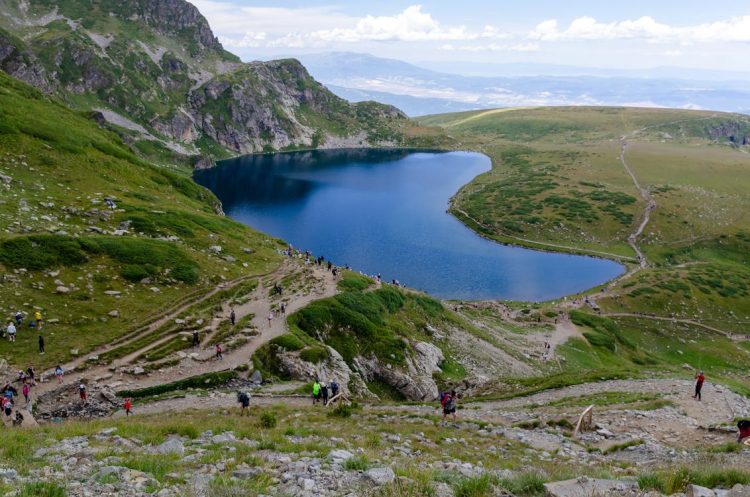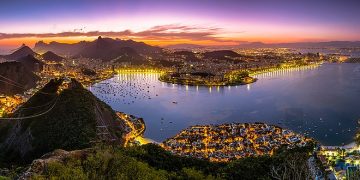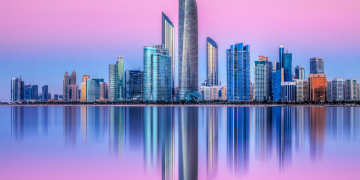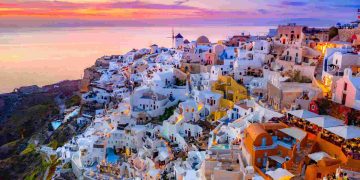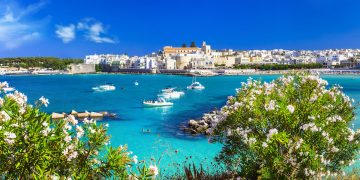In 2025, Bulgaria’s Seven Rila Lakes have become a focal point of European travel enthusiasm, attracting a surge of visitors eager to explore this stunning natural wonder. Known for their crystal-clear waters, dramatic alpine setting, and mystical folklore, these glacial lakes have long been a cherished destination for hikers and nature lovers. However, recent developments have propelled the Seven Rila Lakes into the spotlight far beyond Bulgaria’s borders. Viral drone footage capturing the lakes from breathtaking aerial perspectives has flooded European travel feeds, igniting wanderlust and inspiring a new generation of outdoor explorers. At the same time, significant infrastructure improvements have made the region more accessible, especially from the capital, Sofia. For travelers seeking affordable wilderness adventures within Europe, the Seven Rila Lakes now represent an irresistible combination of raw beauty, adventure, and convenience, fueling the 2025 rush like never before.
Drone-Ready Hiking Routes Spark Viral Buzz
One of the biggest drivers behind the sudden spike in interest for the Seven Rila Lakes is the rise of drone videography shared across social media and travel platforms. Drones have transformed how landscapes are documented and experienced virtually, and footage from the lakes’ hiking trails is nothing short of spectacular. Sweeping aerial shots reveal a chain of seven sapphire-blue lakes nestled in a rugged mountain amphitheater, framed by jagged peaks and alpine meadows blooming with wildflowers.
This bird’s-eye perspective highlights not only the lakes themselves but also the winding hiking routes connecting them—routes that showcase the dramatic topography and diversity of the Rila Mountains. The videos often include footage of hikers making their way along ridgelines, crossing wooden bridges, and pausing at panoramic viewpoints, emphasizing both the adventure and the accessibility of the trek.
These drone videos have gone viral in European travel circles, tapping into growing interest in off-the-beaten-path nature escapes and outdoor photography. Influencers and travel bloggers have joined the trend, posting tips on best hiking times, drone regulations, and packing essentials. The cinematic quality of the footage has effectively served as a powerful visual invitation to experience the lakes firsthand.
Improved Infrastructure Boosts Accessibility from Sofia
While the Seven Rila Lakes have been accessible to hikers for decades, recent infrastructure upgrades have lowered barriers for visitors, making a trip from Sofia more feasible for a wider range of travelers. The Bulgarian government and regional authorities have invested in better roads, expanded parking facilities, and enhanced signage along the route to the trailheads.
Transportation links between Sofia and the Rila Mountains have also improved, with new shuttle services and organized tours offering convenient day-trip or overnight options. This is a significant boon for travelers who prefer not to rent cars or navigate mountain roads independently. The trail network itself has been maintained and upgraded, with better-marked paths, safer crossing points, and resting shelters added along the route.
These enhancements make the Seven Rila Lakes an achievable destination even for those with limited hiking experience or time constraints. The infrastructure improvements help ensure a safer and more enjoyable experience, encouraging families, solo travelers, and small groups to add the lakes to their itineraries.
Appealing to Nature Lovers Craving Low-Cost European Wilderness
Europe’s outdoor enthusiasts often face a trade-off between remote wilderness and travel budget. Many iconic mountain destinations—such as the Alps or Scandinavia’s fjords—can be prohibitively expensive for budget travelers. The Seven Rila Lakes offer a compelling alternative: pristine wilderness with dramatic scenery, combined with the affordability typical of Bulgaria’s lower-cost travel environment.
Accommodations near the lakes range from rustic mountain huts to budget-friendly guesthouses, catering to travelers who want to stretch their euros without sacrificing comfort. Food and local services remain accessible and reasonably priced, enhancing the overall value proposition for visitors.
The lakes appeal to a diverse spectrum of nature lovers: from serious hikers and photographers to casual trekkers and families seeking a refreshing escape from urban life. The opportunity to disconnect in a peaceful, unspoiled environment, without the crowds or costs found in Western European mountain resorts, resonates strongly with travelers in 2025.
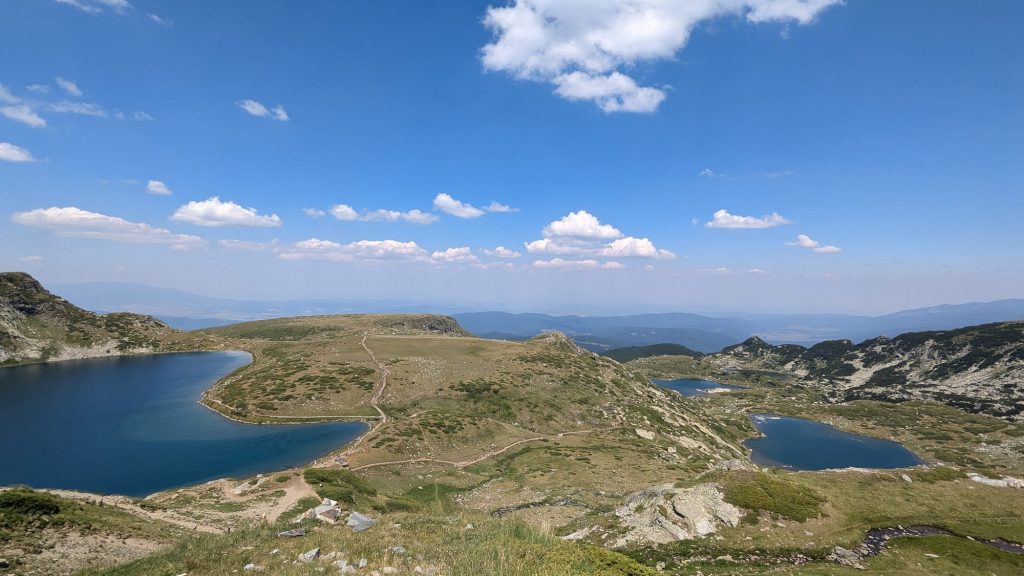
The Seven Rila Lakes: A Natural and Cultural Treasure
Beyond their visual splendor, the Seven Rila Lakes carry cultural and spiritual significance in Bulgaria. According to local legend, each lake bears a name linked to human emotions and life stages—such as the Tear, the Eye, the Kidney, and the Twin. This folklore adds a layer of mystique and invites reflection as hikers journey from one lake to another.
The lakes sit within Rila National Park, a protected area renowned for its biodiversity and conservation efforts. Hiking here is not only an aesthetic pleasure but also an educational experience, with opportunities to learn about endemic flora and fauna. Interpretive signs and guided tours help visitors connect with the natural heritage of the region.
This blend of natural wonder and cultural richness deepens the appeal for travelers seeking meaningful, immersive experiences rather than superficial sightseeing.
Sustainability Challenges and Visitor Management
The rapid rise in visitors also brings challenges, prompting park authorities and local communities to implement sustainable tourism strategies. In 2025, efforts focus on balancing accessibility with environmental protection to preserve the fragile alpine ecosystem.
Measures include limiting daily visitor numbers during peak periods, promoting Leave No Trace principles, and encouraging the use of public transport options to reduce traffic congestion. Local guides play a vital role in educating tourists on responsible behavior and the importance of preserving the lakes’ pristine condition.
By fostering sustainable visitation, Bulgaria aims to maintain the lakes’ allure for future generations while supporting the livelihoods of nearby mountain villages.
Experiencing the Seven Rila Lakes in 2025
For travelers planning to visit in 2025, the Seven Rila Lakes offer an unforgettable blend of adventure, nature, and cultural resonance. Starting the hike early to catch morning light on the water, pacing oneself along the varied terrain, and pausing to absorb the panorama are key to fully appreciating the experience.
Visitors are advised to bring sturdy footwear, layered clothing for unpredictable mountain weather, and enough water and snacks, as facilities along the trail remain basic. Photography enthusiasts will find countless opportunities to capture stunning shots, both from ground level and with drone footage where permitted.
Those who take time to listen—whether to the wind rustling through the pines, the calls of alpine birds, or the soft murmur of mountain streams—often report a sense of renewal and connection rarely found in busier tourist hubs.
Why the 2025 Rush Matters
The surge of interest in Bulgaria’s Seven Rila Lakes in 2025 signals a broader shift in European travel preferences toward sustainable, authentic, and nature-centered journeys. It highlights the power of social media and technology to inspire discovery, while also underscoring the importance of responsible tourism development.
For Bulgaria, the lakes represent a valuable asset with the potential to boost local economies and strengthen cultural identity. For travelers, they offer a chance to step into a landscape where time seems to slow and nature’s quiet majesty takes center stage.
As more adventurers answer the call of the Seven Rila Lakes, the challenge and opportunity lie in preserving their magic while welcoming those who seek their beauty.


